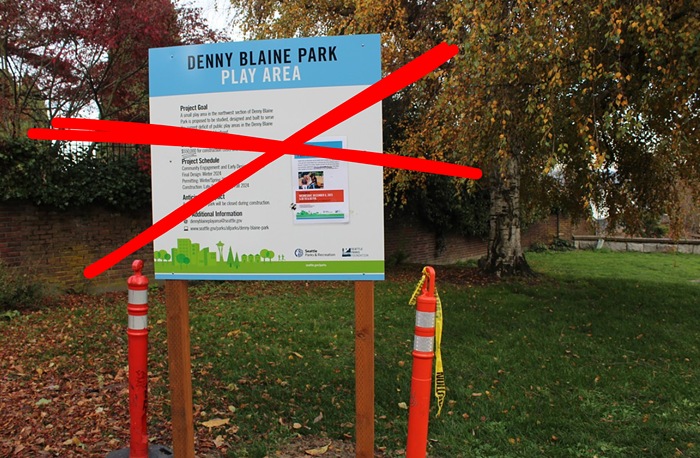
- Thinkstock
- In search of four pairs, perhaps looking something like this? We're not sure. Last reported location: King County.
"Ballistic dog goggles?"
Detective Jason Stanley of the King County Sheriff's Office had no idea what I was talking about. I had called to ask him about ballistic dog goggles, specifically four sets that were supposed to have been delivered to his office from the Department of Defense's military surplus gear program. A Freedom of Information Act request filed by the New York Times had turned up an enormous trove of state-level data about this stuff in August, and according to the unwieldy Excel file the paper published online, the sheriff's office has received four pairs of military-grade ballistic goggles. For dogs.
“I’ve never seen the goggles on the dogs," Stanley said, laughing. "I'd like to see them on a deputy."
The heavily militarized police response to protests over the shooting of teenager Mike Brown in Ferguson, Missouri, drew renewed attention to the military-police gear pipeline this past summer. Last week, Mother Jones reported many police departments are now reacting to the bad PR and trying to return some of the goodies they’ve received for free through the DoD’s 1033 program for law enforcement. One Washington sheriff’s office even offered the Mother Jones reporter three tanks—just some of the extra swag among the many thousands of war items given to local police.
According to the New York Times' DoD data, a small bit of that military swag came in the form of four sets of $20 ballistic dog goggles gifted to King County. I wanted to find out how the sheriff's department could possibly be using them, so I'd started asking questions.
Despite them being listed in the file, the sheriff's office couldn't track down the goggles. In fact, their DoD records, received from the Washington Department of Enterprise Services, showed no ballistic dog goggles for King County. I checked in with the New York Times; they had uploaded the file from the DoD without any changes. So what could possibly explain the discrepancy?
Detective Stanley explained that no ballistic goggles for dogs had ever been received, but sometimes the Sheriff's Office ledger contained errors. Most of the junk they got from the DoD—including rifles, a vacuum, and several nuclear spectroscopy kits—was pretty useless anyway. "The program makes it difficult to return items because the federal government really doesn't want them back," Stanley wrote in an e-mail. "Many of the items are outdated, broken, or otherwise inoperable. Honestly, looking at the list, I would say that most of the items will never be used."
King County K-9’s are "too valuable" to be put in situations that would require ballistic dog goggles, Stanley added. But that still didn’t explain what happened to the dog goggle shipment, or why the DoD had listed them as being sent to King County. I called the Washington Department of Enterprise Services to find out.
"I talked to our 1033 coordinator, who gets our records from the 1033 program, and she didn't see anything about ballistic dog goggles," DES spokesperson Jennifer Reynolds said. "We can't explain the discrepancy. We receive those records from the federal government, but we don't maintain them."
It was beginning to look like the problem was a clerical one.
I called the federal government, but they didn't have a better answer. "Maintaining these enormous amounts of materials is daunting, and it changes because some of the police departments turn in some of the stuff," DoD spokesperson Mark Wright told me. "So there are some bookkeeping issues, and it doesn't always match exactly right, especially depending on the time you look."
No one knew what had happened to King County's dog goggles. Does this mean they're gathering dust in an X-files cabinet somewhere? Have they simply vanished into vaporware? Why would local police ever be detonating bombs near dogs, anyway?
The only other police department listed for having received dog goggles—Napa, California—did not respond to an inquiry asking what they’d done with the 10 pairs listed in the New York Times' DoD file.
So the mystery, for now, remains unsolved—its existence just one more indication that our military is giving away so many useless leftovers from American wars that sometimes local, state, and federal governments can’t even keep track of it all.


















